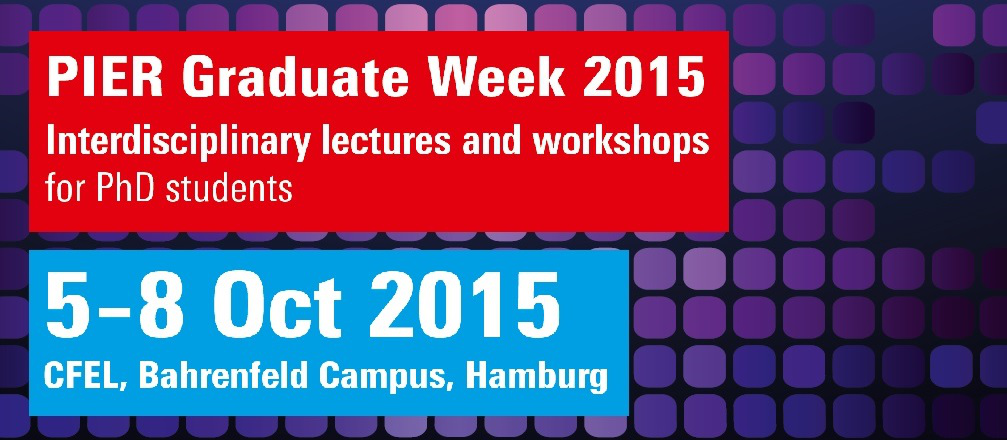Description
Staphylococcus epidermidis - beneficial microbe and opportunistic pathogen:
The human body contains 10 times more bacteria than human cells (the human “microbiome”). Among those that live as commensals on our skin, one of the most frequent is Staphylococcus epidermidis. This bacterium helps us fight off more dangerous microorganisms that would make us sick – such as the “bad cousin” of S. epidermidis, S. aureus. However, when S. epidermidis breaches through the protective barrier, our skin, it may cause significant problems. This happens mostly when indwelling medical devices such as catheters are inserted during surgeries, or when patients receive prosthetic devices. S. epidermidis has a phenomenal capacity to stick to those devices and hide from attacks by the human immune system. This lecture will introduce ways by which S. epidermidis limits overgrowth by pathogenic bacteria by either direct competition or stimulation of immune defenses, and mechanisms by which it hides itself from immune defenses during infection.

